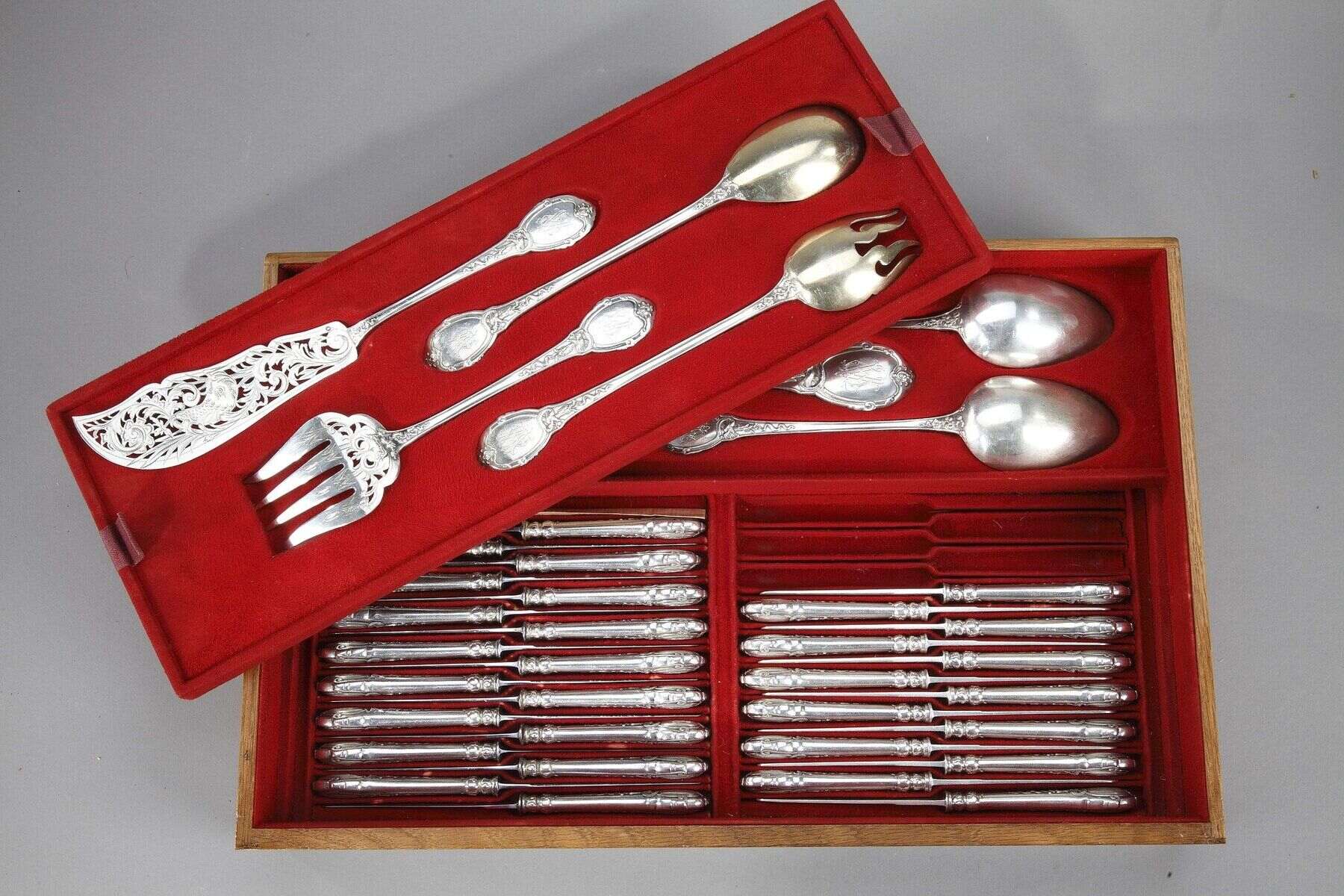

Tableware
Who Invented Cutlery
Modified: March 2, 2024
Discover the history of tableware and learn about the inventors behind the creation of cutlery. Uncover the fascinating origins of this essential dining tool.
(Many of the links in this article redirect to a specific reviewed product. Your purchase of these products through affiliate links helps to generate commission for Storables.com, at no extra cost. Learn more)
Introduction
Tableware has been an integral part of human civilization for centuries. Among the various tools and utensils used in daily life, cutlery holds a special place. From the first primitive knives made of stone to the sleek and sophisticated utensils we use today, cutlery has undergone a fascinating evolution.
In this article, we will delve into the origins of cutlery, explore the different styles that have emerged throughout history, and highlight the contributions of early pioneers in the field. We will also discuss the innovations in cutlery design that have shaped the way we dine and elevate our culinary experiences.
So, let’s embark on a journey through time and uncover the captivating story of cutlery.
Key Takeaways:
- Cutlery has a rich history dating back to ancient civilizations, evolving from stone knives to modern stainless steel utensils. Cultural influences have shaped diverse styles, reflecting the values of different eras.
- Innovations in cutlery design, from ergonomic shapes to sustainable materials, continue to enhance dining experiences. Smart utensils with advanced features and eco-friendly options are shaping the future of the industry.
Read more: Who Invented CAD
Ancient Origins of Cutlery
The history of cutlery can be traced back to ancient civilizations, where the need for tools to prepare and consume food became apparent. The earliest evidence of cutlery dates back to the Stone Age, where early humans used sharp-edged stones as primitive knives.
As societies advanced, the materials used for cutlery evolved. The Bronze Age introduced metal knives, made from copper and later bronze. These early knives were often rudimentary, with a simple blade attached to a handle made of wood or bone.
With the rise of the Roman Empire, the use of cutlery became more widespread and refined. Roman households had a variety of specialized utensils for different purposes. The rich would dine with silver cutlery, while the less affluent used utensils made of bronze and iron.
During the Middle Ages in Europe, cutlery began to take shape in a more recognizable form. Knives became more pointed and versatile, with handles crafted from materials such as ivory and bone. However, forks were yet to make an appearance at the dining table.
It wasn’t until the Renaissance in the 16th century that forks started to gain popularity in Europe. Initially introduced in Italy, they were considered a luxury item and a symbol of refinement. Forks gradually spread across Europe as dining etiquette evolved, and people recognized their practicality in handling food.
The use of spoons, on the other hand, can be traced back even further. Ancient Egyptians and Greeks used various spoon-like implements made of wood, clay, or precious metals. Spoons became more common during the Middle Ages, especially in nobility, where ornate and intricately designed spoons were a sign of status.
Thus, the ancient origins of cutlery set the stage for the development of more advanced and sophisticated utensils in the centuries to come.
Evolution of Cutlery Styles
As society progressed and cultural influences spread, various styles of cutlery emerged, each reflecting the tastes and traditions of different regions. Let’s take a closer look at some notable cutlery styles throughout history:
- Medieval Style: During the medieval period, cutlery designs became more ornate and decorative. Handles were intricately carved, often featuring animal motifs or religious symbols. Blades were typically broader and sharper, suited for both cutting and stabbing.
- Baroque Style: In the 17th and 18th centuries, the Baroque style influenced cutlery design. Utensils became more elegant, with handles crafted from ivory, silver, or gold. The handles were often adorned with intricate engravings and embellishments.
- Art Nouveau Style: The late 19th and early 20th centuries saw the rise of the Art Nouveau movement, which greatly impacted cutlery design. Cutlery of this period featured flowing and organic shapes, often inspired by nature. Handles were curved and embellished with motifs such as flowers or vines.
- Modern Style: In the 20th century, industrialization and mass production revolutionized cutlery design. Stainless steel became the material of choice for its durability and ease of maintenance. Modern cutlery embraced sleek and minimalist aesthetics, focusing on functionality and ergonomics.
Today, we have a wide range of cutlery styles to choose from, catering to diverse tastes and preferences. From traditional patterns that hark back to classic designs to contemporary styles that embrace avant-garde concepts, cutlery has become an expression of personal style and cultural diversity.
The evolution of cutlery styles is a testament to the ever-changing nature of design and the influence of cultural, social, and technological advancements.
The concept of using cutlery dates back to ancient civilizations such as the Egyptians, Greeks, and Romans. However, the modern form of cutlery, as we know it today, is believed to have originated in France in the 17th century.
Early Pioneers of Modern Cutlery
The development of modern cutlery as we know it today involved the contributions of several key pioneers who revolutionized the design, functionality, and manufacturing processes of utensils. Let’s explore some of these early pioneers:
- Sheffield Cutlers: The craftsmen from Sheffield, England played a significant role in the advancement of cutlery during the Industrial Revolution. They were renowned for their expertise in producing high-quality knives, forks, and spoons. Sheffield became a center of cutlery production, known for its skilled artisans and innovative techniques.
- Joseph Opinel: Joseph Opinel, a French inventor, introduced the iconic Opinel knife in the late 19th century. This folding knife featured a simple and practical design, with a wooden handle and a stainless steel blade. The Opinel knife gained popularity for its versatility, durability, and affordability.
- Georg Jensen: Georg Jensen, a Danish silversmith, played a prominent role in the development of modern silver flatware. His designs, characterized by organic forms and intricate craftsmanship, elevated cutlery to a form of art. Jensen’s work in the early 20th century laid the foundation for the modern silverware industry.
- Charles and Ray Eames: While primarily known for their contributions to furniture design, Charles and Ray Eames also extended their innovative approach to cutlery design. They developed a series of cutlery sets in the mid-20th century that featured ergonomic shapes and playful patterns, blending form and function.
- Yoshikin Research Institute: The Japanese company Yoshikin Research Institute introduced the global sensation known as the Global knife in the 1980s. These knives were crafted using a distinctive design and manufacturing process, incorporating a seamless stainless steel handle and a sharpened blade that retained its edge for extended periods.
These early pioneers of modern cutlery pushed the boundaries of design, craftsmanship, and functionality. Their innovations and contributions laid the groundwork for the diverse array of cutlery options available to us today.
Innovations in Cutlery Design
Throughout history, cutlery has continued to evolve, with new materials, technologies, and design concepts driving innovation in the field. Let’s explore some of the notable innovations in cutlery design:
- Stainless Steel: One of the most significant advancements in cutlery was the introduction of stainless steel. This corrosion-resistant alloy revolutionized the industry, offering durability, ease of maintenance, and a sleek aesthetic. Stainless steel became the material of choice for modern cutlery, ensuring longevity and hygienic food preparation.
- Ergonomic Designs: As our understanding of ergonomics improved, designers started incorporating ergonomic principles into cutlery design. Utensils with contoured handles, textured grips, and balanced weight distribution emerged, offering a more comfortable and efficient dining experience.
- Sustainable Materials: With growing environmental awareness, the use of sustainable materials in cutlery design has gained traction. Bamboo, reclaimed wood, and biodegradable plastics have become popular alternatives to traditional materials. These eco-friendly choices reduce the carbon footprint and promote sustainable practices in the cutlery industry.
- Specialized Utensils: Cutlery has also evolved to meet specific culinary needs. Specialized utensils, such as cheese knives, oyster forks, and steak knives, have been developed to enhance the enjoyment and ease of consuming certain foods. These utensils are designed with specific features, such as serrated edges or unique shapes, to optimize their functionality.
- Innovative Finishes: Advanced finishing techniques have opened up a world of possibilities in cutlery design. Satin, mirror, or matte finishes add visual appeal to utensils, while coatings like titanium nitride provide not only a decorative touch but also enhance durability and scratch resistance.
- Smart Cutlery: In recent years, cutting-edge technology has entered the realm of cutlery design. Smart utensils equipped with sensors and connectivity features can monitor portion sizes, track nutrition information, and even provide real-time feedback on eating habits. These innovations aim to promote healthier eating habits and enhance the dining experience.
These innovations in cutlery design continue to shape the way we interact with utensils, improving functionality, sustainability, and aesthetics. As technology advances and consumer demands evolve, we can expect even more exciting developments in the world of cutlery.
Read more: Who Invented The Mattress
Conclusion
Cutlery has come a long way from its humble origins in ancient times to the exquisite and innovative designs we see today. The journey of cutlery is intrinsically linked to the evolution of human civilization and our desire to create tools that enhance our dining experiences.
From the stone knives of early civilizations to the sleek and functional utensils made of stainless steel, cutlery has undergone constant transformation. The contributions of early pioneers and the innovations in design have shaped the way we prepare, serve, and enjoy our meals.
As we explored in this article, cutlery has not only evolved in terms of materials and functionality but also in terms of style and aesthetics. Different cultures and periods have left their mark in the form of unique cutlery styles, each reflecting the preferences and values of its time.
The future of cutlery holds even further possibilities. With a focus on sustainability, ergonomics, and technological advancements, we can anticipate exciting developments in both the design and functionality of utensils. Smart cutlery with advanced features and eco-friendly materials will continue to shape the industry.
Whether it’s a simple family meal or an elaborate dining experience, cutlery remains an essential part of our daily lives. It not only serves a practical purpose but also adds beauty and elegance to our tables. With each new innovation and design breakthrough, cutlery enhances our culinary journey.
So, the next time you sit down for a meal, take a moment to appreciate the history and artistry behind the cutlery in your hands. Remember the ancient origins, the pioneers who shaped the industry, and the ongoing innovations that continue to redefine the way we dine.
Frequently Asked Questions about Who Invented Cutlery
Was this page helpful?
At Storables.com, we guarantee accurate and reliable information. Our content, validated by Expert Board Contributors, is crafted following stringent Editorial Policies. We're committed to providing you with well-researched, expert-backed insights for all your informational needs.
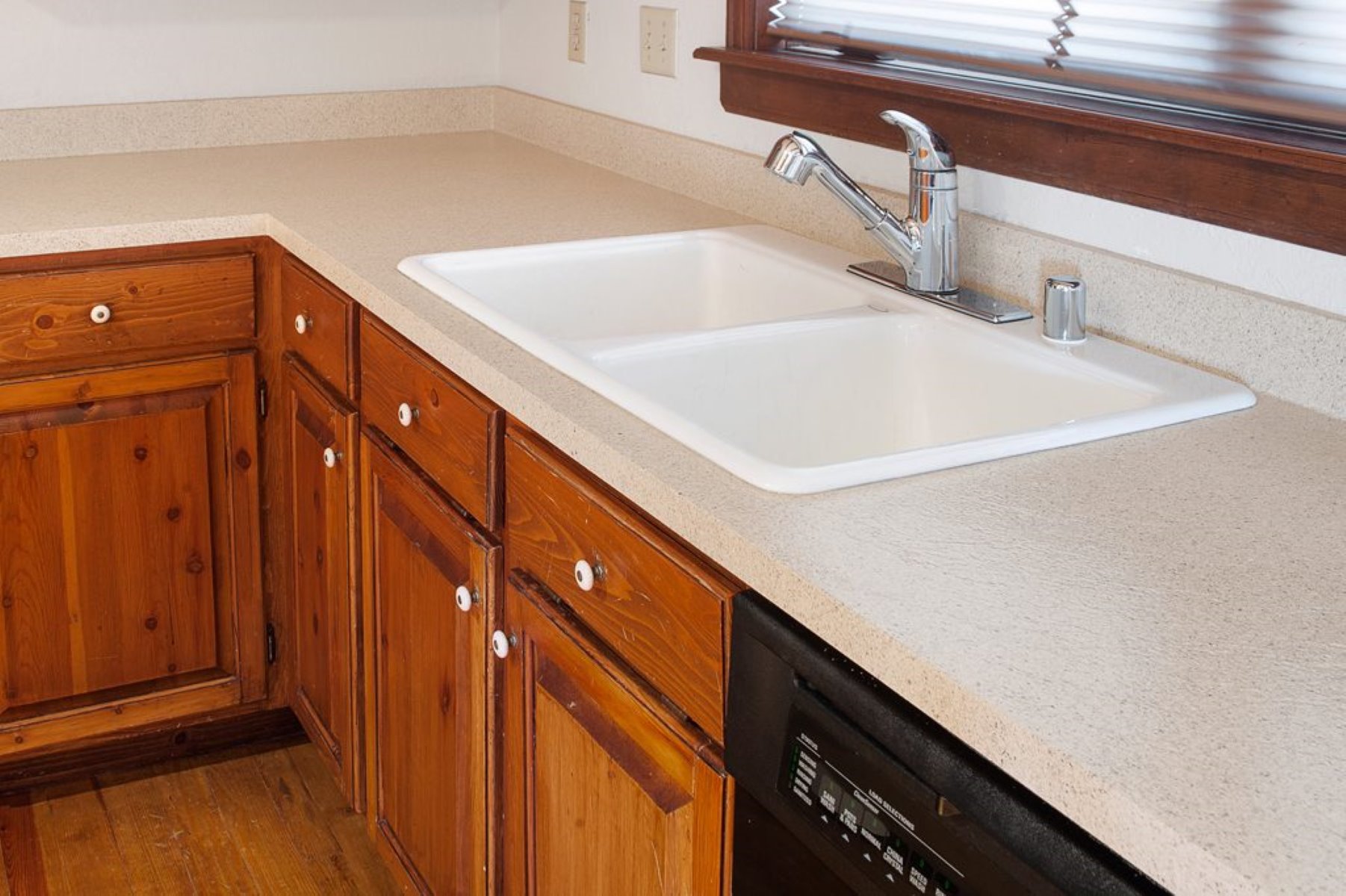
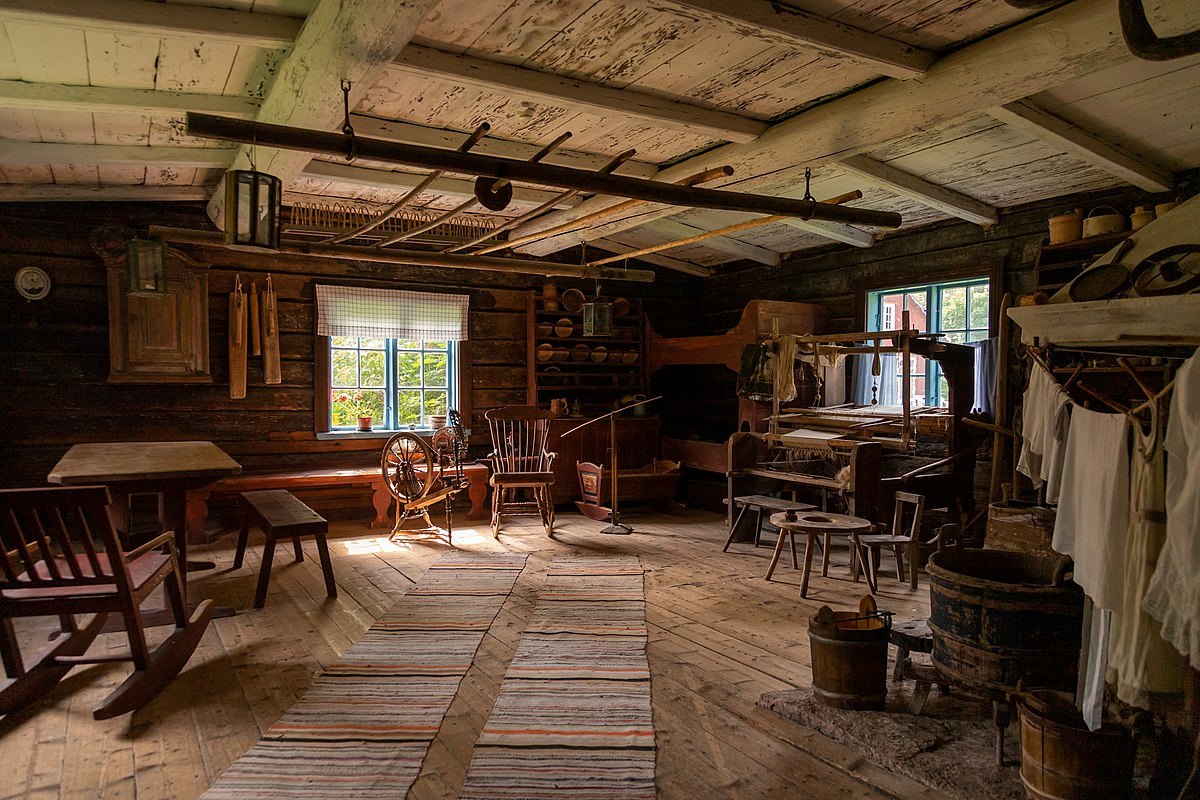
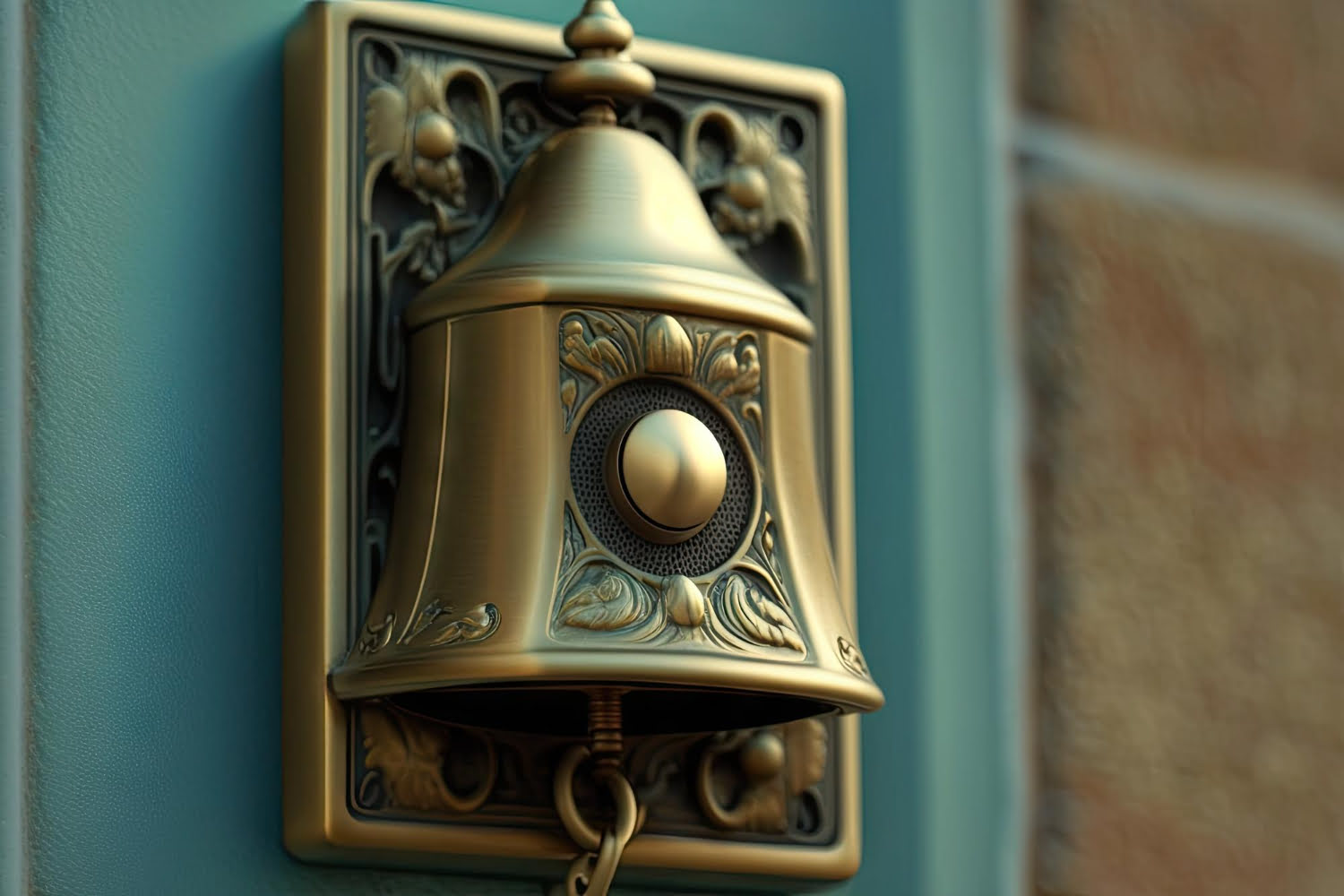


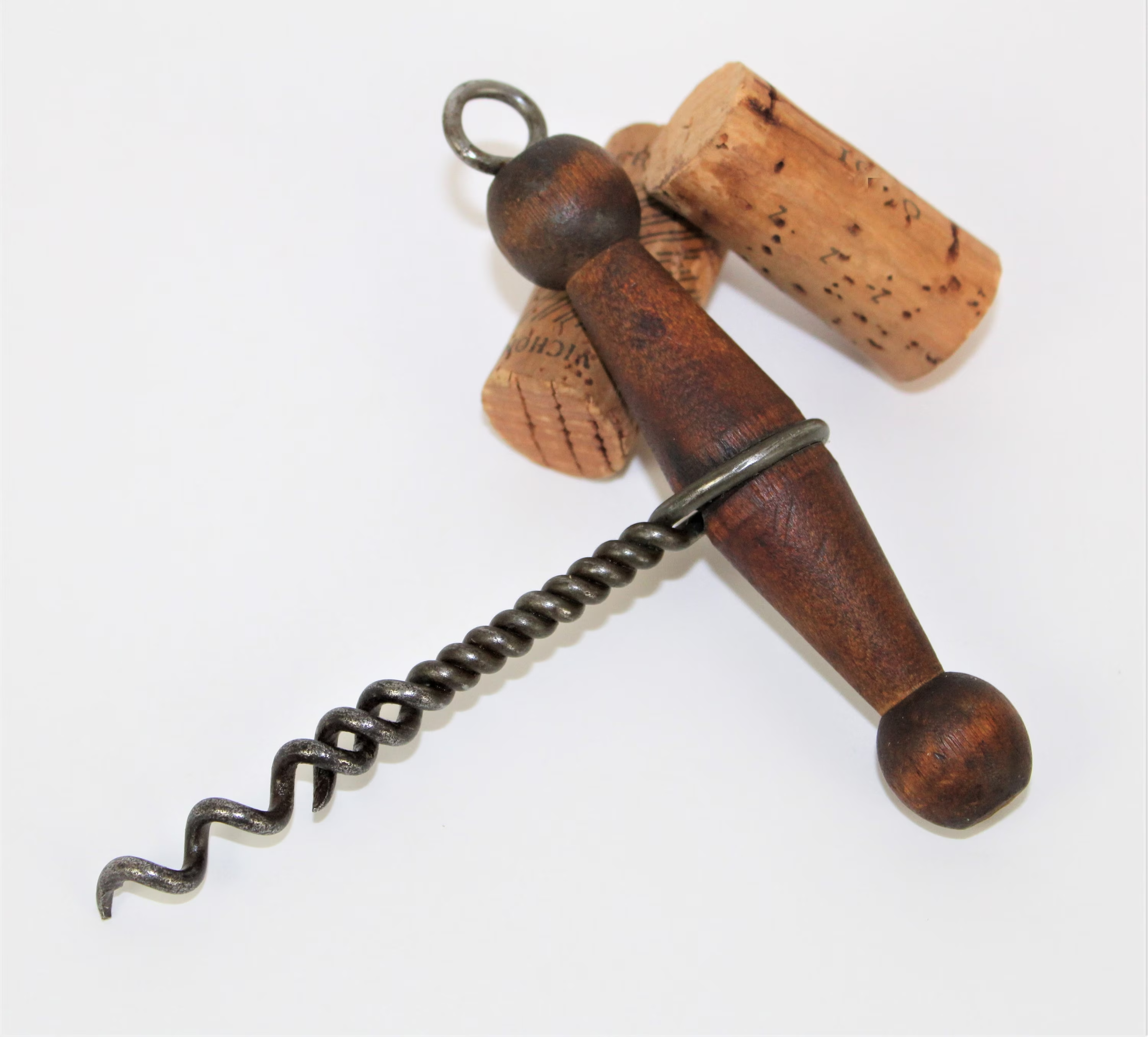
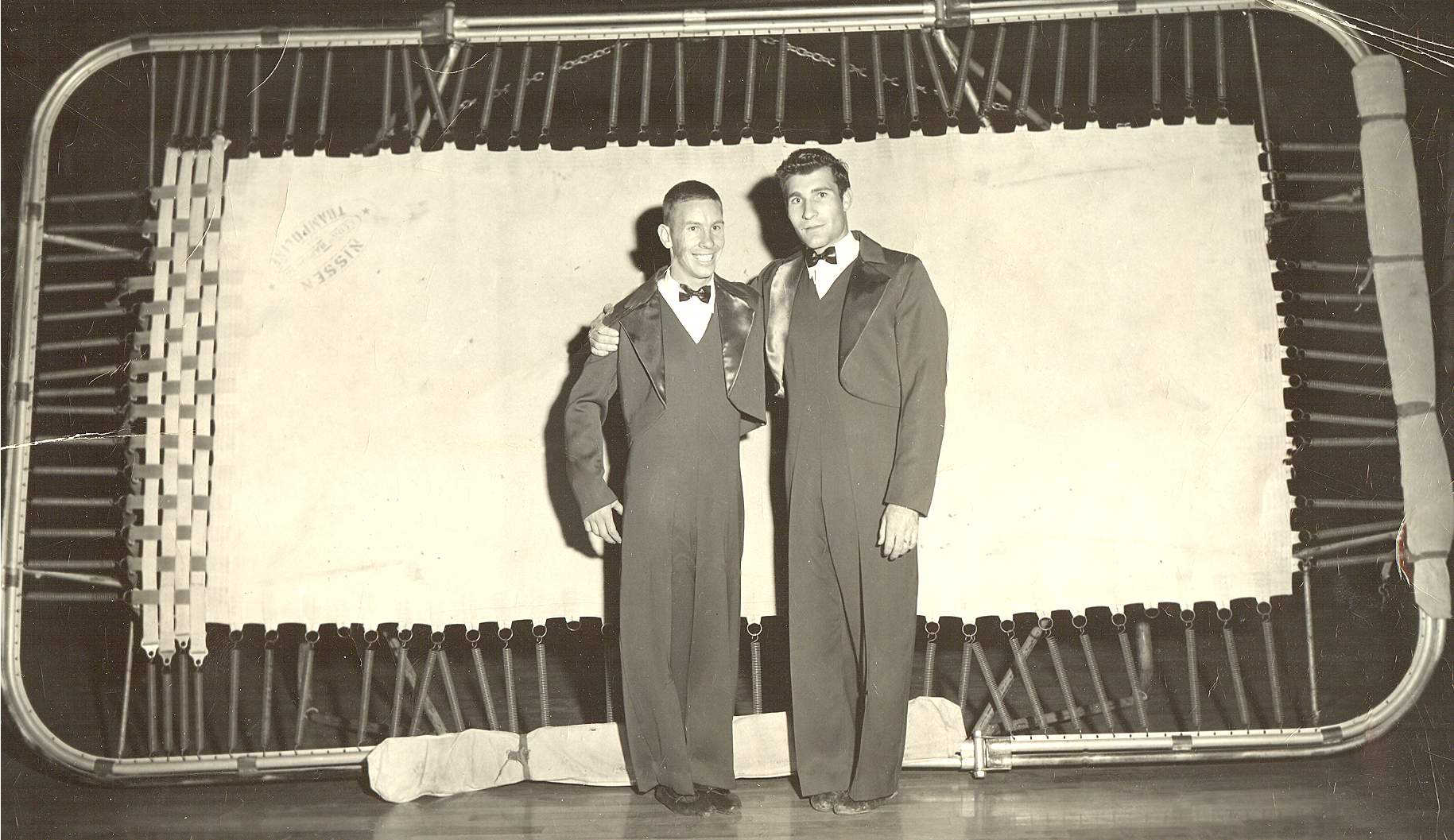

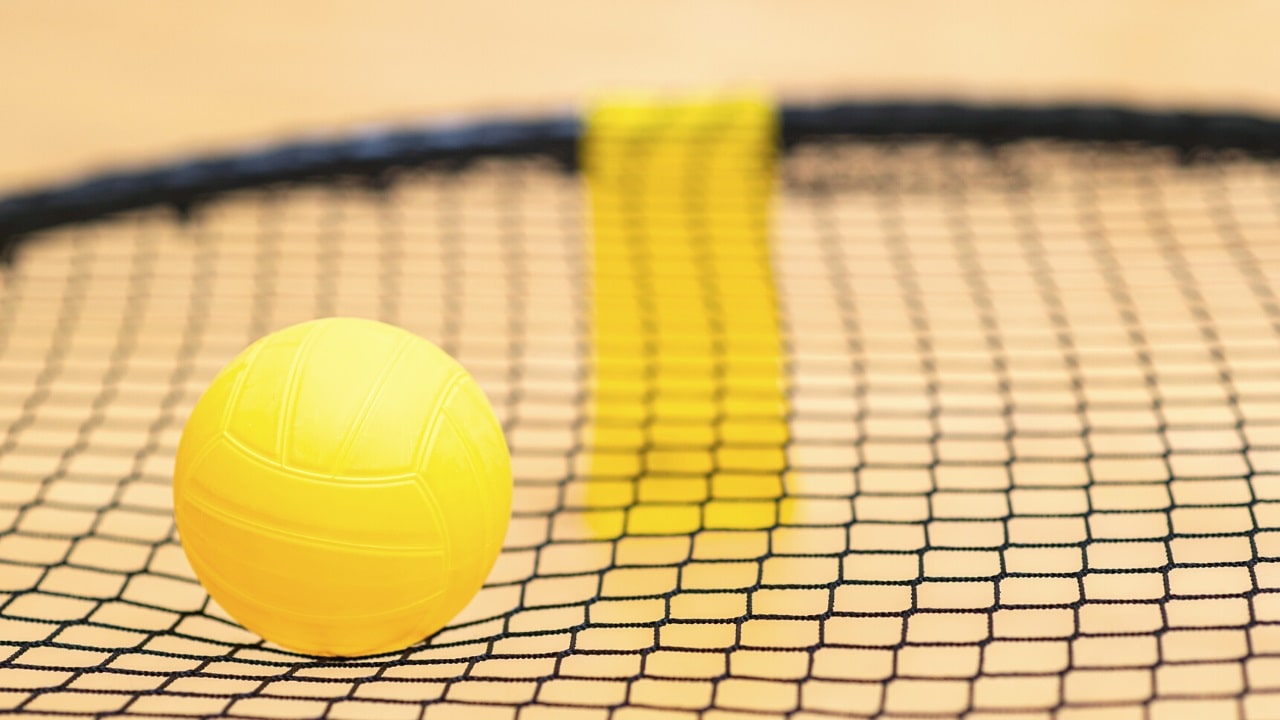

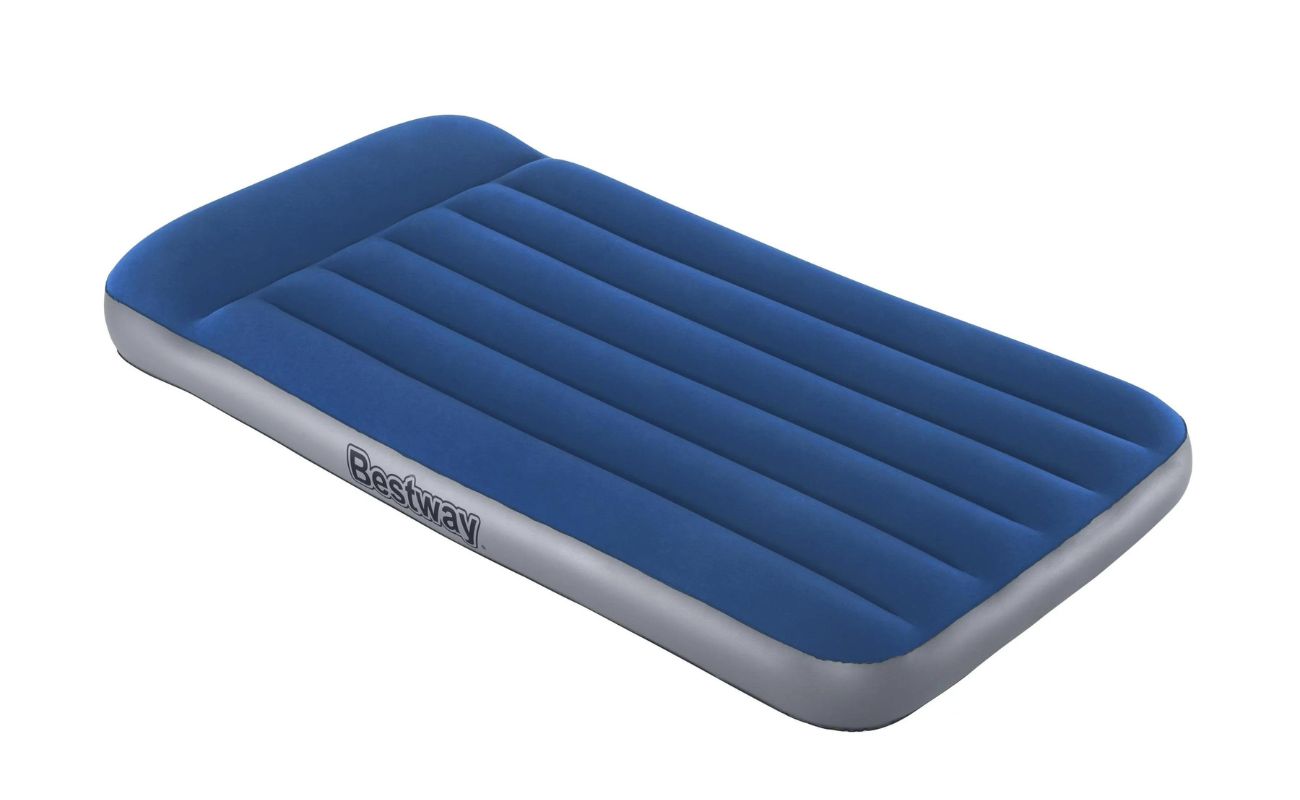

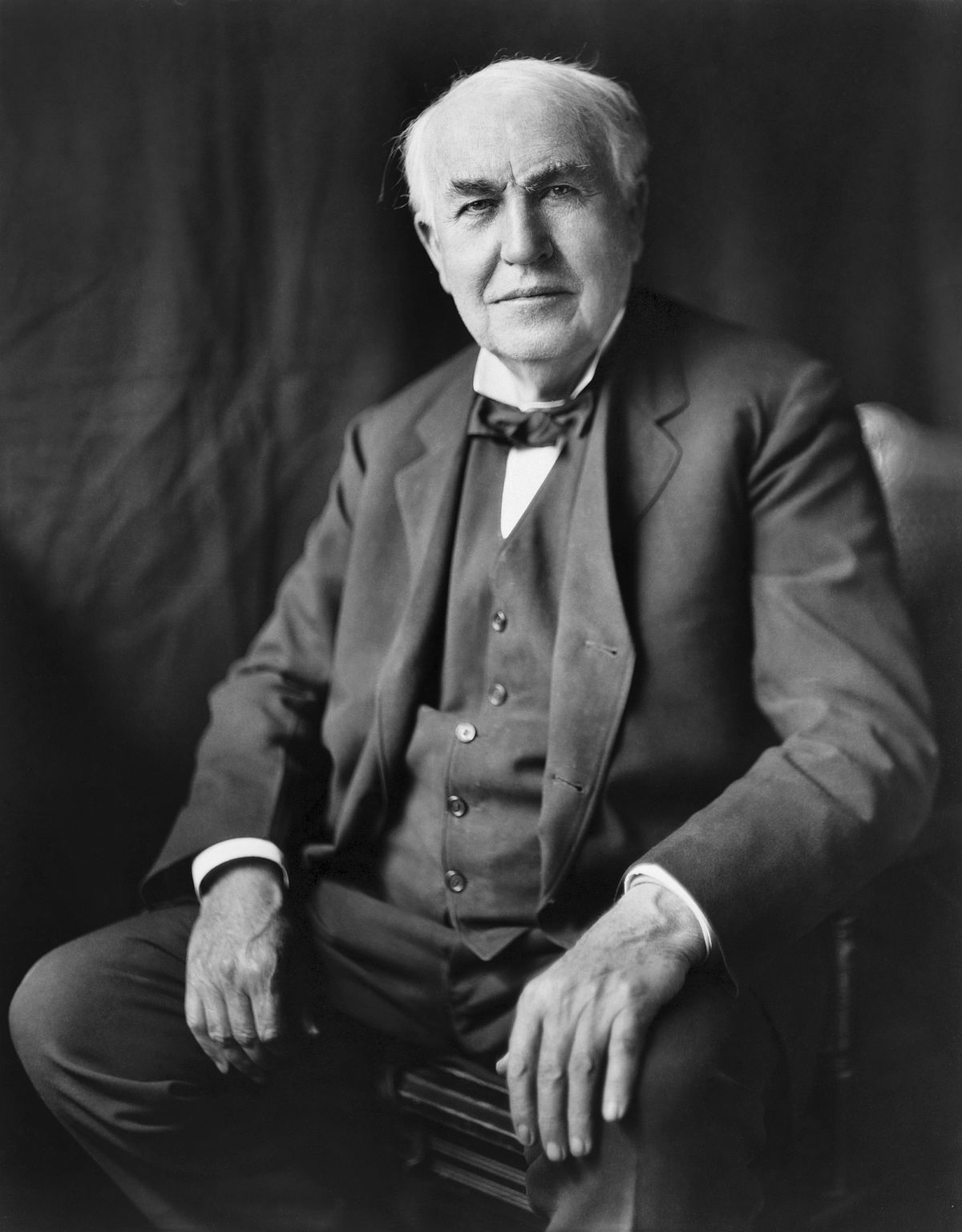


0 thoughts on “Who Invented Cutlery”